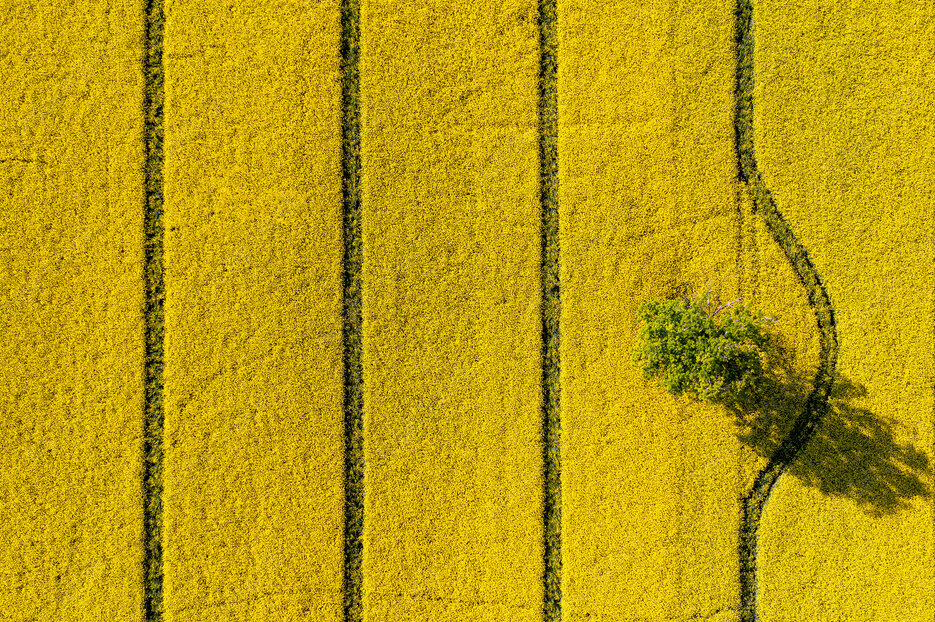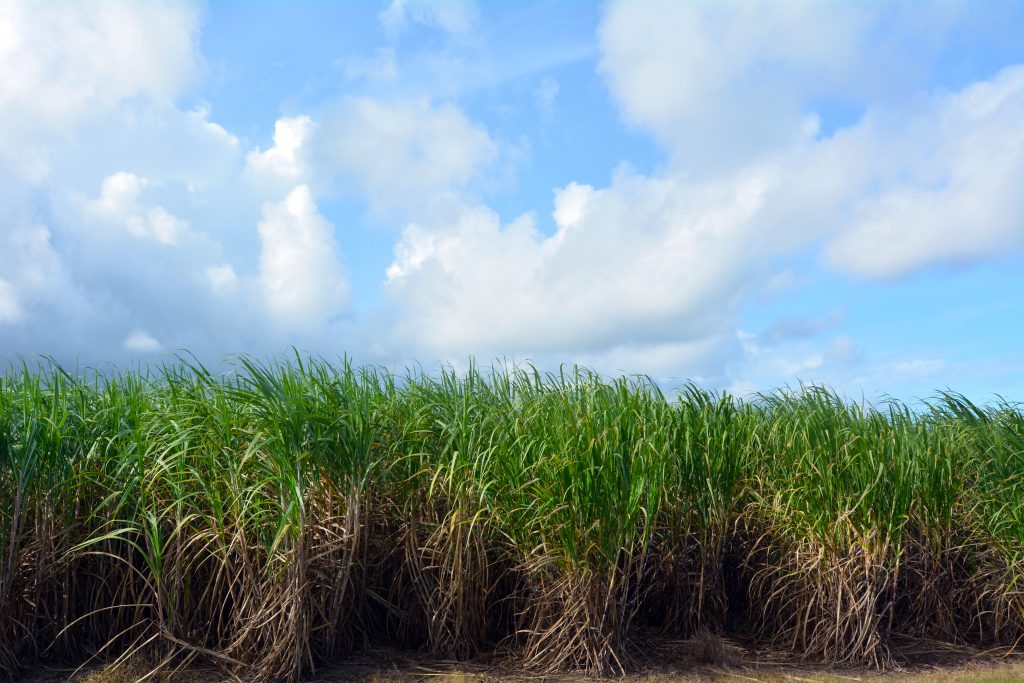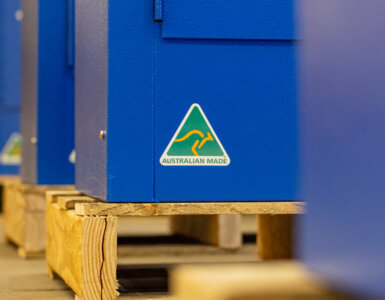The Australian Bureau of Statistics (ABS) have released new agricultural statistics highlighting 2022-23 data for horticulture, livestock and broadacre crops.
This new set of data is the first using new sources and methods. The ABS have partnered with industry groups and organisations to help use existing data sources to produce statistics. This has reduced the amount of time farmers spend providing information to the ABS by an average of more than 20,000 hours each year. This has also allowed the ABS to release data at greater regional detail.
Here are nine new insights from the ABS’ latest release on Australian agriculture.
Winter harvests go wild
There were 68.6 million tonnes of winter broadacre crops produced, totalling $26.3 billion in local value. These are crops like wheat, canola and barley, but also includes chickpeas, lentils and oats.
The big bucks
Wheat, canola and barley combined, accounted for 93 per cent of Australia’s winter broadacre crop sold, worth $23.9 billion in local value. Local value is the price of the crop “at the gate” or when sold from the farm.

Golden child
Wheat was the largest contributor with 41.2 million tonnes produced, or $13.5 billion.
WA wins in wheat and canola
Western Australia produced the most wheat and canola, accounting for 35.6 per cent and 45.6 per cent of Australia’s total crop, respectively.
Flour power!
The Morawa region gave us the most wheat in all of Australia, making 2.1 million tonnes or 5.1 per cent of Australia’s total wheat crop. Esperance Surrounds was the biggest canola producer with 537,700 tonnes, or 6.0 per cent of Australia’s total canola crop.
Sweet as sunshine
Australia’s sugarcane crop landed at 32.6 million tonnes worth $1.5 billion. Around 96 per cent of this is grown in Queensland (31.3 million tonnes).

Green gold
Queensland’s Bundaberg region grew the most avocados, accounting for 19 per cent of Australia’s avocado crop. Bundaberg Surrounds (South) gave us 21,500 tonnes of avocados, worth $104.5 million.
The nuttiest region
Meanwhile, Bundaberg Surrounds (North) grew 11,000 tonnes of macadamias, worth $23.8 million.
Holy cow!
Australia’s cattle herd increased four per cent in 2023 to 29.9 million head. That is Australia’s largest cattle herd in five years with the increase coinciding with higher rainfall and favourable conditions for feed.
These statistics are published in three new releases:







































Add comment